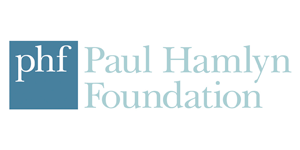The short read
Chapter 9 of A Restless Art: How Participation Won and Why it Matters by Francois Matarasso (Calouste Gulbenkian Foundation, 2019) looks at the development of Community Theatre and Community Art within its radical historical context.
The long read
Based on the words and experiences of the people involved, Culture, Democracy and the Right to Make Art: The British Community Arts Movement by Alison Jeffers & Gerri Moriarty (Bloomsbury, 2017) tells the story of the community arts movement in the UK, and, assesses its influence on present day participatory arts practices – follow the link for the free open access book.
Throughout the 1970s Community Theatre Companies were active throughout the UK, with the movement growing from only 5 companies in 1970 to more than 70 by the early 1980s. They were mostly based in small geographical communities (villages or council estates) and their main aim was to make theatre available to those who might not otherwise have access. Participation took two main forms: artists participating more in the lives of their local communities, and the local community participating more in the making of art. Often the companies were led by community engagement and community development principles and became actively involved in local campaigning. The community musical was pioneered in Scotland by Craigmillar Festival Society – shows tackled social and political issues of the day, embedding social commentary in popular entertaining theatre. Companies like ACTA continue to uphold the core values of community theatre today, making exciting and important theatre of, with and for their community.













